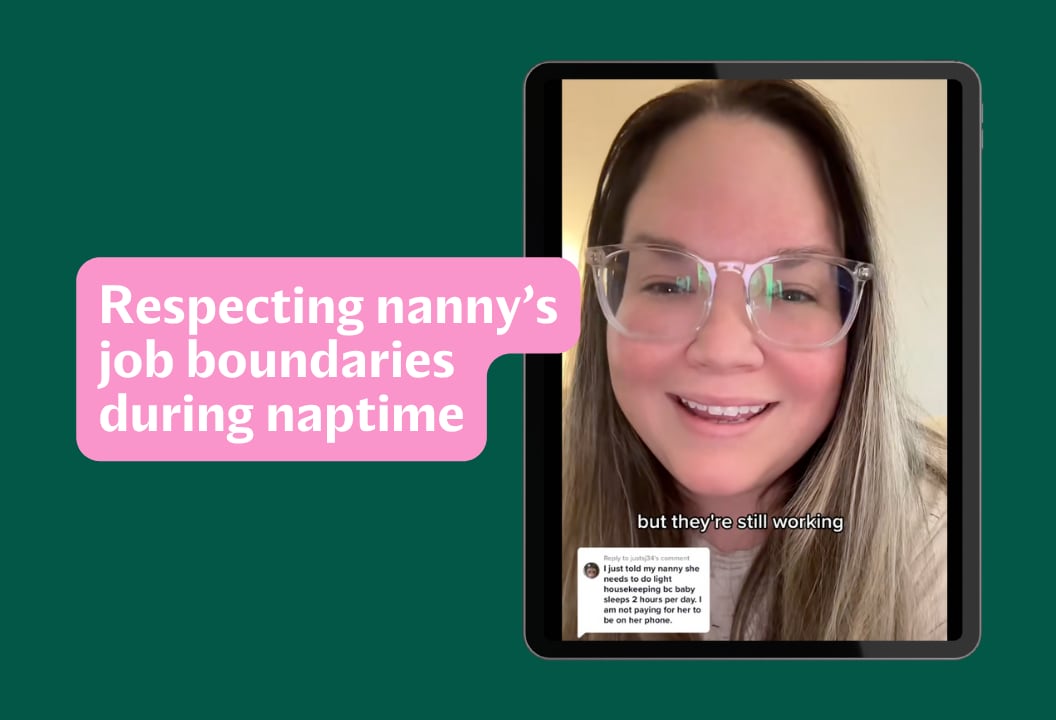The federal government has kicked off new monthly Child Tax Credit payments for families with children. The first payments went out on July 15 to nearly 60 million eligible children and their families. Changes to the Child Tax Credit under President Biden’s American Rescue Plan will lift more than five million children out of poverty this year, according to the Internal Revenue Service (IRS), but many parents still have questions about the updated program and what they can expect going forward.
What can the expanded Child Tax Credit do for your family, and how do you know if you qualify? Here, two tax experts answer these and other frequently asked questions to explain what this new program means for households in 2021.
What’s new about the Child Tax Credit?
“Parents should be aware of four big changes to the Child Tax Credit,” says Erica York, an economist with the Tax Foundation’s Center for Federal Tax Policy.
- The maximum credit amount has increased from $2,000 per qualifying child to $3,600 per child under 6 and $3,000 per child ages 6 to 17. The age limit has also increased from 16 to 17.
- Half of the new Child Tax Credit amount is being paid in advance monthly installments from July 2021 through December. The other half of the credit will be applied when taxes are filed in 2022.
- Low-income families are now eligible for the full credit. Previously, many low-income families received partial or no credit.
- Families making up to $150,000 per couple or single-parent households making up to $112,500 are eligible for the full credit.
How do I know if I qualify?
“Nearly every family is eligible to receive the expanded Child Tax Credit this year, including families that don’t normally file taxes and families that don’t have recent income,” says Roxy Caines, a campaign director and federal fiscal policy expert with the Center on Budget and Policy Priorities.
To qualify for the expanded tax credit, you must:
- Have a dependent who is 17 or younger and who has a valid Social Security number.
- Have a main home in one of the 50 US states or Washington, D.C. for more than half of the year.
- Have a 2019 or 2020 tax return on file claiming the Child Tax Credit or provide your information using the IRS non-filer portal.
- Meet the income limits listed below.
Caines says caregivers should know the credit is not only for parents who have given birth to a child. “Grandparents, adoptive parents, foster parents, siblings, aunts and uncles are also eligible to get the credit if they are the primary caretaker of a child under 18,” she explains.
You can check your family’s eligibility through the Child Tax Credit Eligibility Assistant at IRS.gov.
How much money will I get?
“The IRS used 2020 tax returns, or 2019 if 2020 wasn’t available, to estimate the advance monthly payment households qualify for,” York says. “For people not required to file taxes, the IRS used non-filer information from the Economic Impact Payment sign-ups, if that was available.”
For each qualifying child under age 6, families can receive advance payments of up to $1,800 in six monthly installments of $300 each. For each child between the ages of 6 and 17, families can receive up to $1,500 in six monthly installments of $250 each.
The full credit amount is available for families with a 2020 or 2019 adjusted gross income of:
- $75,000 or less for single taxpayers.
- $150,000 or less for a married couple filing jointly.
- $112,500 or less for those who file as head of household.
Parents who earn above these income thresholds are still eligible to receive payments; however, monthly payments decrease by $50 for every $1,000 of income above these limits. Enhanced payments end at $95,000 for single filers and $170,000 for joint filers.
“Federally funded benefit programs like SNAP, TANF, and Medicaid don’t count toward the Child Tax Credit income eligibility limits,” Caines says.
Do I need to sign up to receive payments?
“Most families will receive the credit automatically and don’t need to do anything else to get it,” Caines says.
You may need to take action if:
- You have a qualifying child and did not file a 2019 or 2020 tax return.
- You didn’t receive or register for economic stimulus payments in 2020.
If either of these conditions apply to you, you can sign up to receive your advance Child Tax Credit payments using the IRS Non-filer Portal.
The next checks will be dispersed on August 13. If you have not received a payment yet, you can visit the Child Tax Credit Update Portal to view your payment status and verify or update your personal information.
Is the Child Tax Credit for 2020 or 2021?
The Child Tax Credit is for the 2021 tax year. As Caines explains, the monthly payments are called “advance payments” because the federal government is paying out half of the credit in advance before next year’s tax filing deadline. The other half will be applied when you file taxes in early 2022. Keep in mind that because you’re getting half of the Child Tax Credit in advance, it’s possible that you won’t receive as large of a tax refund as you’re normally used to.
“If someone doesn’t get advance payments, they can get the full credit when they file a tax return in 2022,” Caines says.
What happens if I have a baby in 2021?
Since the Child Tax Credit is for 2021, babies born during this year are eligible. The IRS says it will update the Child Tax Credit Portal later this year to allow parents to register children born or adopted in 2021. If parents don’t update this information, they will be able to claim the entire tax credit when they file their taxes in 2022.
What if I share custody of my kids?
Only one parent can get the Child Tax Credit, Caines says. Since the IRS used the previous year’s tax returns to determine eligibility for advance payments, the parent who claimed the child as a dependent during that year should automatically receive the payments.
If divorced parents take turns claiming a child on their tax returns, they may need to make changes to their information using the IRS Child Tax Credit Update Portal to ensure the correct parent receives the advance payments. “The parent who gets advance tax credit payments should be the same person who will claim the Child Tax Credit on their 2021 tax return,” Caines says.
If you are not claiming your child as a dependent in 2021 but are still receiving payments, use the IRS Update Portal to opt out. If you receive advance payments for a child claimed by your co-parent, you may be responsible for paying back the amount you were sent.
Do I have to pay the Child Tax Credit back?
“The Child Tax Credit is not a loan,” Caines says. You are not expected to pay the credit back; however, if the IRS overpays you, you may be on the hook for the overage.
Overpayment would typically be the result of a change in eligibility, such as:
- A change in marital status.
- A change in the number of dependents, such as a qualifying child moving out or changing custody arrangements.
- A significant income increase during 2021.
“Later this summer, the Child Tax Credit Update Portal will give people an opportunity to update for these types of changes so the IRS can adjust their monthly payments,” Caines says.
How do I opt out of advance payments?
If you know you are no longer eligible for advance Child Tax Credit payments or you’re likely to have to repay the money, you can use the Child Tax Credit Update Portal to opt out.
Here’s what you should know before you take that step:
- To opt out of the next payment, you must un-enroll at least three days before the first Thursday of the following month. So, for example, the deadline to un-enroll for the August 13 payment is August 2.
- Opting out once un-enrolls you from all remaining advance payments.
- You cannot re-enroll once you have opted out.
How long will the enhanced Child Tax Credit last?
The changes to the Child Tax Credit won’t last forever. Advance payments will go out from July through December of 2021, and they aren’t slated to continue after that.
“As of now, this is just a temporary, one year expansion, and the credit is scheduled to revert to its previous structure for tax year 2022,” York says. “Lawmakers have proposed extending it, but that has not made it through Congress yet.”





